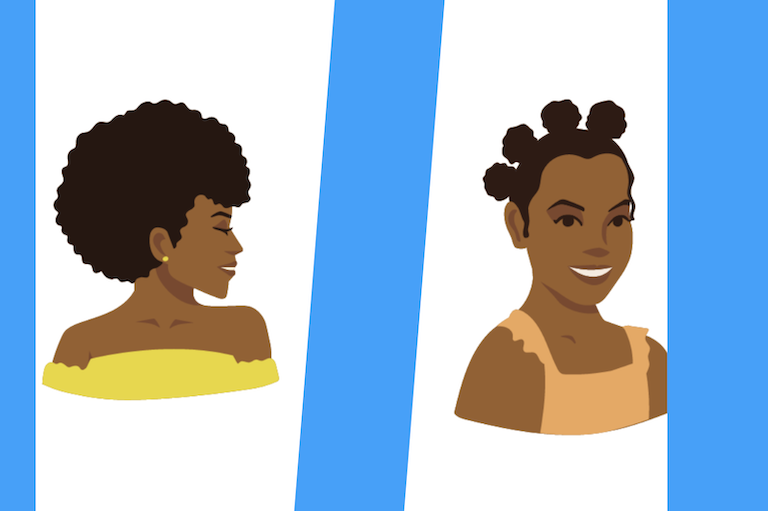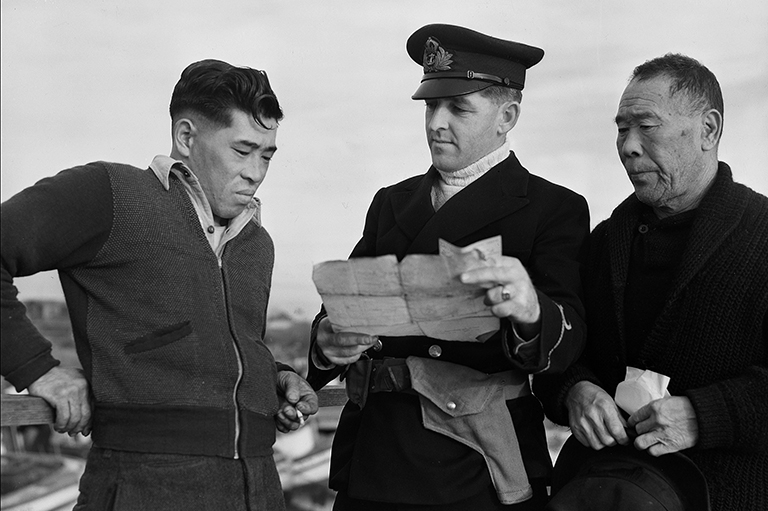A Question of Immigration
Grade Levels: 10, 11/12
Subject Area: Social Studies, History
This lesson plan is inspired by the article “Room to Grow” by Adrienne Clarkson featured in the June-July 2017 issue of Canada’s History magazine.
Lesson Overview
In this lesson, students will learn about the history of immigration in Canada. Students will have an opportunity to analyze political cartoons from the late 1800s and early 1900s, read and research a specific immigrant group who came to Canada, and create their own political cartoon about this group. As a culminating activity, students will look at their personal immigration history and/or their opinions about immigration in order to answer the BIG QUESTION: “What does it mean to be a nation of immigrants?”
Time Required
3 – 4, 1 hour classes
Historical Thinking Concepts
This lesson plan uses the following historical thinking concepts: establish historical significance, use primary source evidence, identify continuity and change, analyze cause and consequence, take historical perspectives and understand the ethical dimensions of histortorical interpretations.
Learning Outcomes
Students will:
- make inferences about historical and recent political cartoons relating to immigration in Canada.
- read and annotate the article “Room to Grow” by Adrienne Clarkson.
- research a particular immigrant group that has come to Canada and share their research in the form of a political cartoon.
- make predictions and state their opinions about the future of immigration in Canada.
- interview a family member about their experiences/opinions about immigration in Canada
- answer the BIG QUESTION: “What does it mean to be a nation of immigrants?” and relate this question to their own personal/family experience.
Background Information
Canada’s immigration history and its present attitude towards multiculturalism is somewhat unique in the world. Understanding how we became such a multicultural country involves researching what has been a complicated and complex history. The migration of peoples to Canada occurred for many reasons: the “Push Factors” may have included famine, war, disease, joblessness, over population or drought, while “Pull Factors” have often included religious or political freedom, family, technology, job opportunity, or better education and life-style. The emigration to Canada was in many cases a dangerous journey and the transition into its culture often fraught with discrimination and prejudice, but each group that has come to Canada has persisted and has contributed in their own way to the multicultural reality and immigration mind-set that we have today. Since Canada allows approximately 250,000 immigrants a year into this country, the topic of immigration continues to be a significant and relevant topic of discussion.
The Lesson Activity
Activating:
Before the lesson, ensure the students are familiar with political cartoons.
To aid in the understanding of the 1903 comic, the lyrics to The Maple Leaf Forever, are in the Materials/Resources section.
- Provide an example of a political cartoon, in the form of a hand-out or on a PowerPoint slide. Choose something current, or use the example provided. See – “Political Cartoon Questions” in the Materials/Resources section.
- Ask the questions:
- When was it drawn? What was/is happening at the time?
- Who are/were the people/figures? What story is being told?
- What are the important words and symbols? What do they mean?
- What is the point/purpose of the cartoon?
- To introduce the topic of immigration, teacher prompts may include:
- Why is immigration a historically significant topic in Canada?
- What different ethnic groups have come to make Canada their home?
- What generation of Canadian are you or your family members?
- What kind of relationships did Indigenous Peoples and immigrants have in the past?
- Are there any immigration issues that you have heard about recently in the news or community?
- Assemble the class into groups and distribute the political cartoons.
See – “Political Cartoons: 1898 – 1918” in the Materials/Resources section.
- Suggest to the students that these primary documents are examples of attitudes toward immigration in Canada’s past.
- Ask the groups to analyze one or more of the cartoons using the previous questions.
- Students can circle, underline, and write their responses to the questions on the cartoons.
- As a group, ask the students to write a collective answer(s) to Question 2d. “What is the point/purpose of the cartoon?” for each cartoon.
- As a class, share answers to Question 2d. Teacher prompts may include:
- What immigrant groups were encouraged to come to Canada and which were not?
- How did the Canadian government try to entice immigrants to settle in Western Canada?
- What type of society was the government of Canada attempting to create?
- How are the cartoons similar or different to what is happening with respect to Canadian immigration today?
- As a homework activity, ask students to find a current political cartoon on the subject of immigration, multiculturalism or other ethnic diversity issue/topic in Canada. Have the students print-out and analyze their cartoon. They can share the answers to “d” with the class and discuss their own opinions.
Acquiring:
- Provide students with a copy of the article, “Room to Grow” by Adrienne Clarkson.
- Read the first page as a class, and start a discussion of the BIG QUESTION: “What does it mean to be a nation of immigrants?”
- Students can be given class time to read the article or have it read for the following class.
- Encourage students to read annotatively: underlining and writing questions or comments in the margins.
- Students should be prepared to share one to two quotes they have highlighted and one question they had while reading the article.
- Once the article is read, assemble students in groups and have them share their quotes and questions about the article.
- Then as a class, share ideas and opinions. Teacher prompts may include:
- What is the author’s immigration experience?
- Why is geography, specifically water, so important to the author and her understanding of Canada’s immigration history?
- In the author’s opinion, how have the Indigenous peoples been an integral part of Canada’s immigration history?
- Create a list on the board of possible answers to the BIG QUESTION: “What does it mean to be a nation of immigrants?” This may be a rough-copy list that they continue to add to for the final activity of this topic.
- The article mentions a number of immigrant groups who came to Canada and some of their experiences. In groups, pairs or individually, have students research one ethnic group that has come to Canada. Topics of research may include:
- Chinese and the Head Tax
- 1970 Ismailis
- Icelanders
- Japanese Interment Camps
- Mennonites
- Irish Potato Famine
- Komagata Maru
- Hutterites
- Southeast Asian Refugees from the 1970s
- MS St. Louis
- Doukhobors
- War Brides
When researching, students should find information about:
- When did the group came to Canada? Approximate numbers?
- Why did they attempt the journey? What were the “push” / “pull” factors?
- What difficulties or successes did they experience? What may have been their historical perspective?
- How where these ethnic groups treated? Is there an ethical dimension to this group’s immigration experience?
- Students can create a group or individual political cartoon about the ethnic group they have researched, and present it to the class. Students can draw or use Internet pictures to create their cartoon.
See - “Immigrant groups in Canada Research Chart” in the Materials/Resources section. Teachers may choose to assign a mark for the group research and each element of the cartoon.
Applying:
- Ask students to think about their own thoughts and feelings about immigration in Canada today. Teacher prompts may include:
- What have you learned about Canadian immigration past and present?
- What types of immigration regulations should Canada have?
- How has immigration impacted your life or the lives of Canadians?
- From your experiences of travelling or social media, how is Canadian society similar or different from other countries?
- As a culminating assignment for this topic, have the students conduct a brief interview a family member and summarize their answer to the BIG QUESTION.
See - “Answering the BIG QUESTION (culminating assignment)” in the Materials/Resources section below.
Materials/Resources
- “Room to Grow”, Canada’s History magazine, June-July 2017
- “Slow Road to Tolerance”, Canada’s History magazine, April-May 2016
- Online Citizenship Quiz
- Canadian Museum of Immigration at Pier 21
- Political Cartoon Questions Handout
- Immigrant Groups in Canada Research Chart
- Answering the BIG QUESTION (culminating assignment)
- Maple Leaf Forever Lyrics
Themes associated with this article
Advertisement




